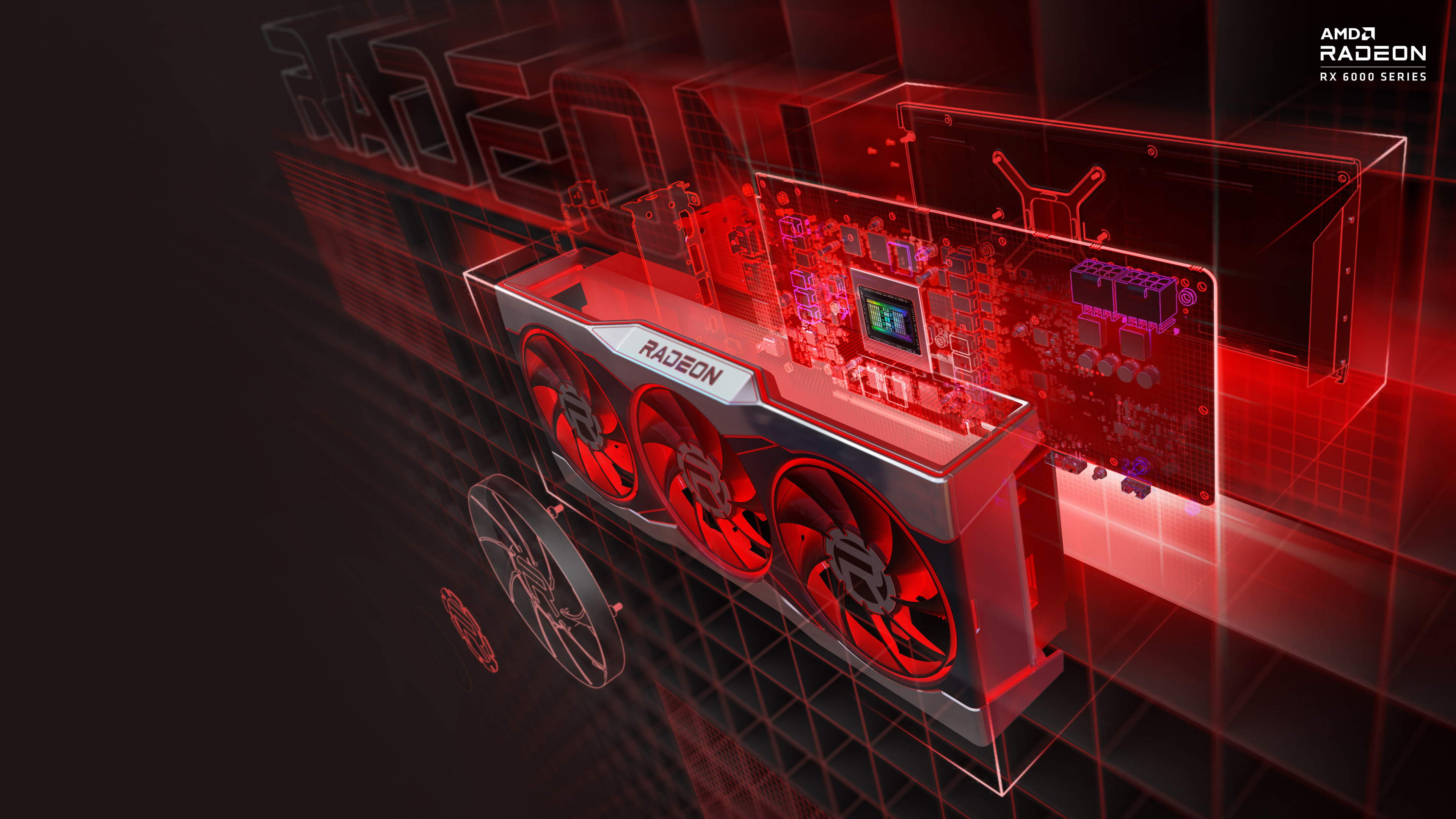AMD: Navi 3x with double cache per compute unit and shader array
![Radeon RX 7000: Navi 31 GCD allegedly with 350 mm² [Gerücht]](https://latestgamestories.com/wp-content/uploads/2022/07/Radeon-RX-7000-Navi-31-GCD-allegedly-with-350-mm²-scaled.jpg)

After AMD provided the first Linux drivers for the upcoming RDNA 3 graphics cards, these were closely examined in the community and interesting discoveries were made. Accordingly, the new GPUs should offer significantly larger amounts of cache compared to RDNA 2 and bring new instructions. Read more about this below.
AMD traditionally has good Linux compatibility and, unlike the top dog Nvidia, does not cause trouble with limited drivers. Shortly before the release of the new RDNA 3 models, however, new drivers for Linux systems must of course also be developed, which also enable deep insights into the hardware that are otherwise currently not possible. The driver in question was officially released by AMD’s Aaron Liu, and a thorough investigation of Kepler_L2 and Coelacanth-Dream extracted the first details on the cache sizes of the new graphics cards.
Graphics cards: Imagination Technologies announces return to the desktop business
The RDNA 3 graphics cards, which are listed here as GFX11, should receive twice the level 0 vector cache per compute unit and the level 1 cache per shader array will also be doubled. Compared to RDNA 2, the vector registers per Single Instruction Multiple Data (SIMD) are increased from 128 to 192 KiB, while the level 0 vector cache is doubled from 16 to 32 KiB per compute unit. GPU level 1 data cache per shader array increases from 128 to 256 KiB and level 2 cache remains at par with RNDA 2.
According to Coelacanth-Dream, all new RDNA 3 graphics cards come with VODP instructions and support for Wave Matrix Multiply-Accumulate (WMMA). At the same time, the performance per Working Group Processor (WGP) should increase significantly in order to achieve up to 50 percent higher efficiency than RDNA 2.
According to the current status, the highlights of the RDNA 3 architecture include the new 5 nm manufacturing technology, the extended chiplet design that has previously been used in the CPU market, the revised compute units, an optimized graphics pipeline, the latest generation of Infinity cache and even higher efficiency.
Source: Wccftech
Reference-www.pcgameshardware.de